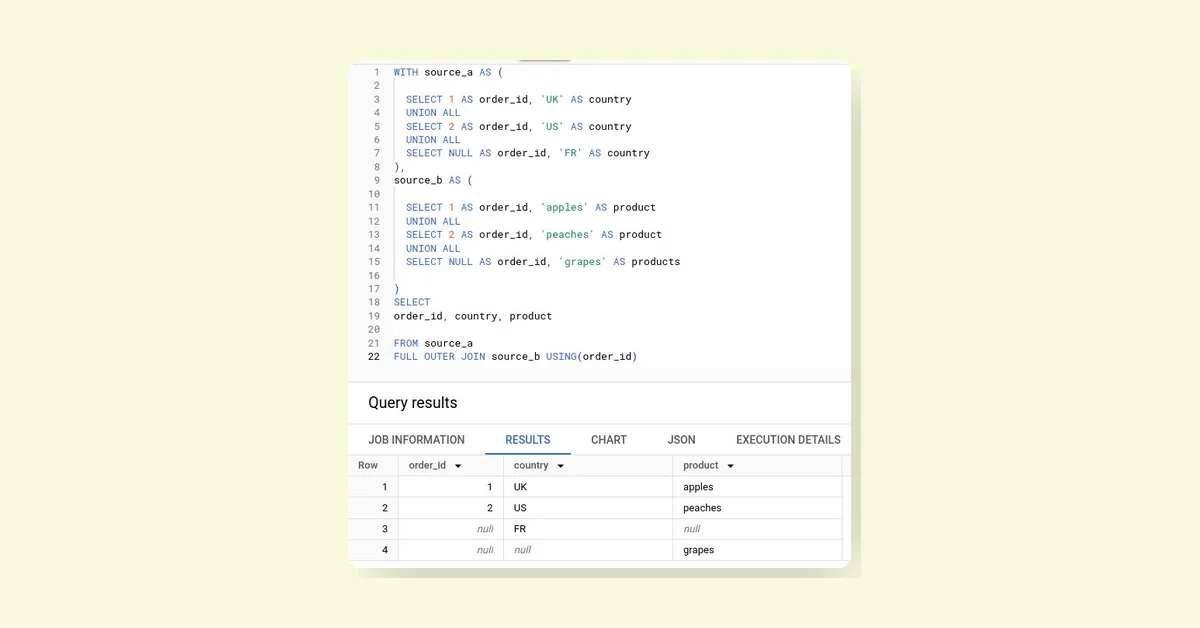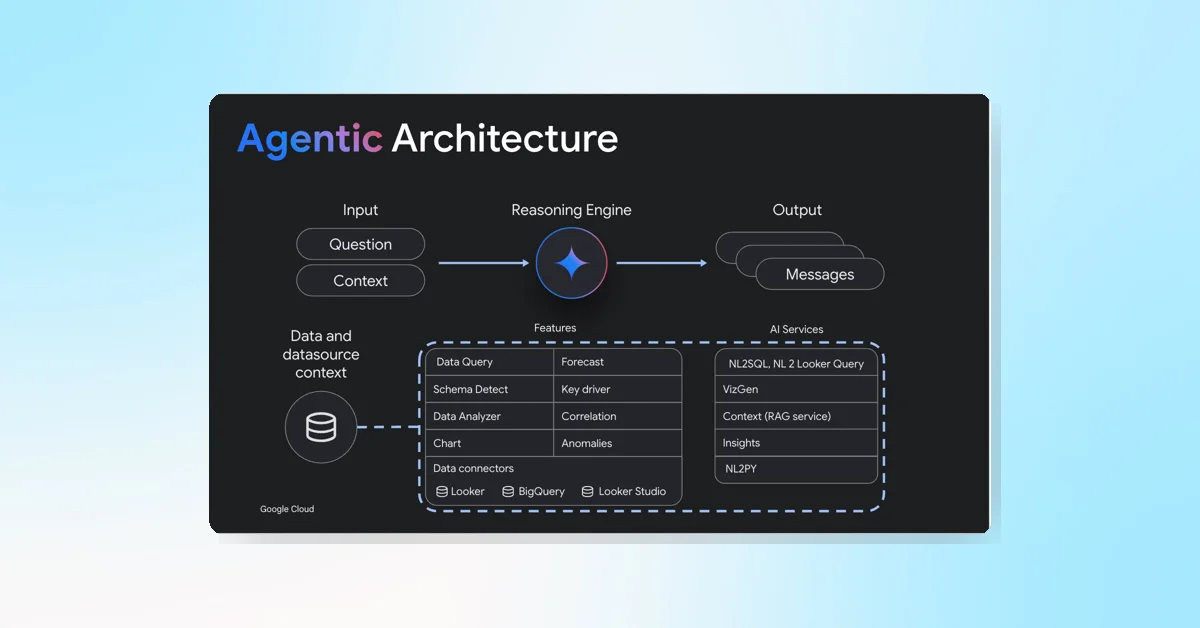NULL in SQL represents the absence of a value and is distinct from an empty string or zero. Here are some key points about NULL:
Characteristics of NULL
- Testing NULL in Lists:
NULL IN (NULL)returns NULL. - Equality Checks: Both
(NULL = NULL)and(NULL <> NULL)are not allowed. - Counting Rows:
COUNT(column)counts non-null occurrences, whileCOUNT(*)orCOUNT(1)counts all rows, including those with NULLs. - Aggregate Functions: Functions like
SUM,COUNT,MIN,MAX, andAVGignore rows with NULLs. - Sorting: By default,
ORDER BYshows NULLs first when sorting in ascending order. - Joins: NULL values are not matched in joins since NULL is not comparable to another NULL.
Handling NULLs
- IS NULL / IS NOT NULL: Checks if a value is or is not NULL.
- COALESCE: Returns the first non-null value in a list.
- IFNULL / ISNULL: Uses a backup value if the original is NULL.
- NULLIF: Replaces a specified value with NULL.




















